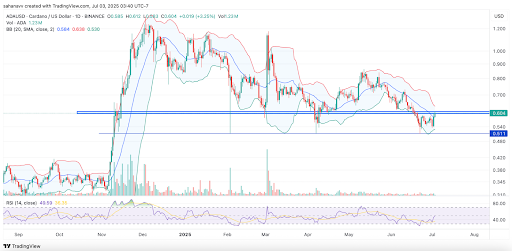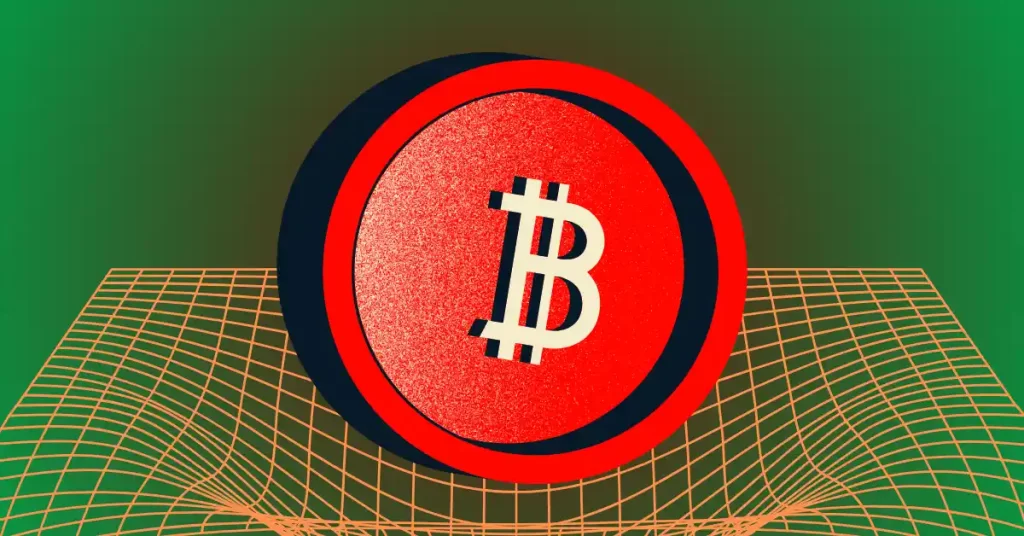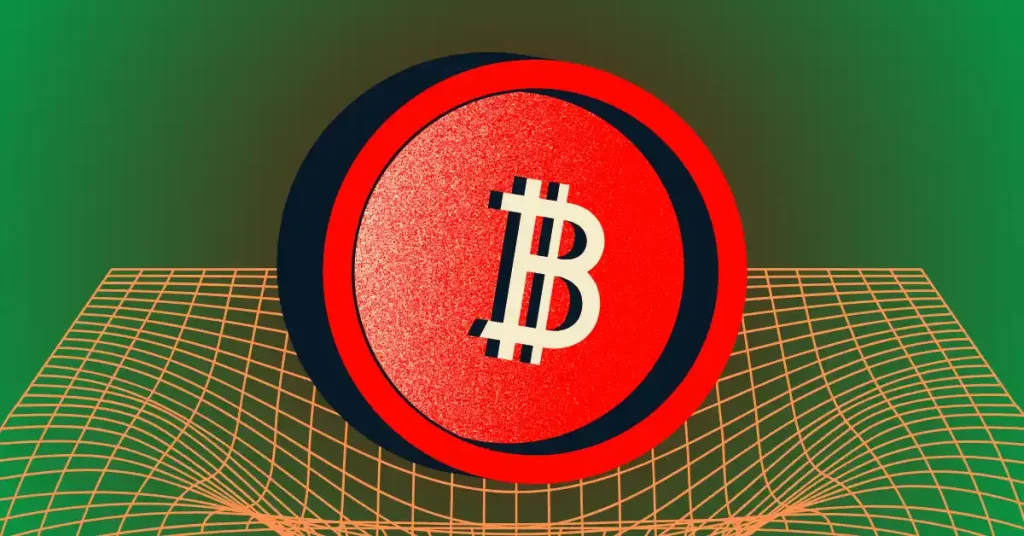
The post Cardano (ADA) on Rise: Technical and Social Momentum Point to a Bullish Future Beyond $1 appeared first on Coinpedia Fintech News
Cardano has attracted significant attention since the start of the month, with prices surging nearly 9% in the past 24 hours. This surge is backed by robust technical signals and organic community traction, positioning ADA as a top contender among all the altcoins. As the crypto market braces for the next wave, Cardano’s momentum across charts and social platforms hints at a potential breakout.
So what’s fueling this rise, and can the ADA price sustain above the gains?
Social Sentiment Skyrocketing: Cardano Trending Across all Platforms
Cardano isn’t climbing charts, but it is also trending on social media. The platform has recorded over 2 million ADA-related engagements in the past 24 hours, with more than 21,000 unique contributors. Twitter shows more than 1000 daily ADA tweets, with sentiment breaking down as 78% bullish, 5% bearish, and 17% neutral. Besides, platforms like LunarCrush rank Cardano in the top 10 most mentioned tokens.
What sets Cardano apart right now is its grassroots strength. Unlike some hyped-up tokens driven by influencers or paid campaigns, ADA’s current surge is powered by content creators, developer interest and community engagement. This is significant because such organic growth tends to lead to sustained interest, especially if matched with ecosystem upgrades or partnerships.
Cardano Price Forecast: Is ADA Price Heading Towards $1?
Cardano is currently trading around $0.608, showing an impressive 6% daily gain after correcting from over 8%. The token recently bounced off the $0.50 to $0.56 support zone, forming a bullish reversal. Technical indicators are leaning positive, which suggests a rise to 0.7% could be feasible in the coming days.

Bollinger bands have squeezed, suggesting a drop in the volatility but this formation usually results in a breakout. Besides, the RSI has rebounded from the lows and seems to be preparing for a parabolic recovery. This could offer a strong bullish push, which may positively impact the ADA price rally in the long term. Meanwhile, if the price clears the resistance zone between $0.602 and $0.6111 to reach the resistance of Bollinger bands, the selling pressure could increase, causing a small pullback.
However, the Cardano price has entered a bullish range, which suggests a major upswing could soon follow. Therefore, if ADA maintains this bullish trend and breaks above $0.7, a move to $0.85 and even $1 is plausible in Q3 2025. The market sentiment is cautiously optimistic, hinging on broader altcoin momentum and upcoming Cardano developments. On the contrary, if volume fades and Cardano price drops below $0.56, short-term pullbacks could delay the breakout.





